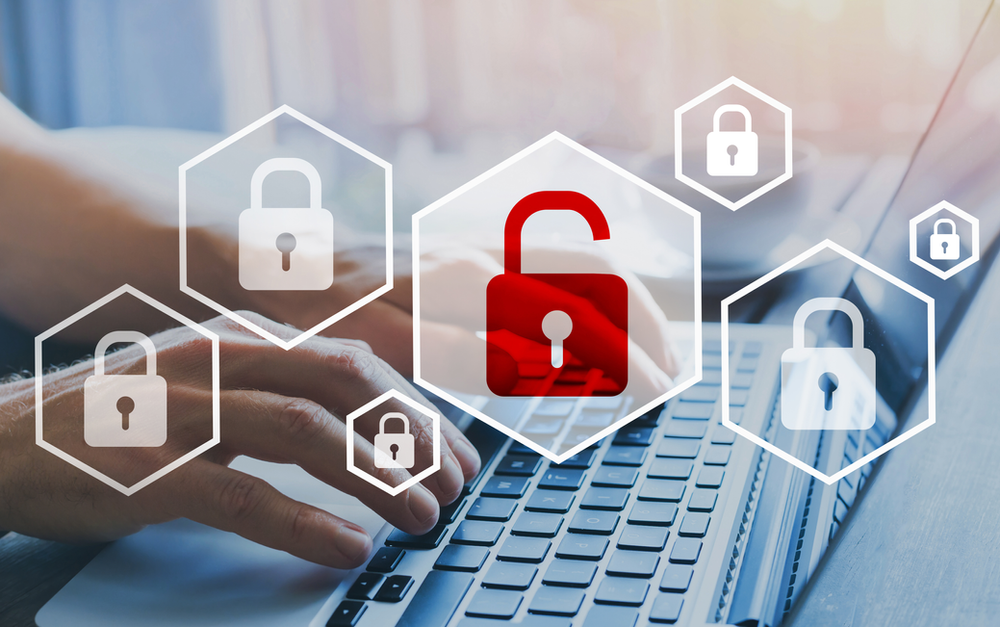BLOG
The Data Breach Breakdown: Planning for Cyberattacks and Data Compromises

It can be as ominous as opening your computer to a message that says your data has been locked, or as innocuous as noticing suspicious activity on your computer—realizing that your cybersecurity may have been breached is a terrifying experience. Even with stringent IT practices, major companies like T-Mobile, Yum Brands, and ChatGPT have all experienced data breaches or hacking incidents this year, but surprisingly few people know what to do in the incident that their company’s data or user’s information is compromised.
Here, we’ll cover a few steps to make sure that you’re prepared to bounce back from these security breaches.
The Most Important Step: Always Be Prepared for a Cyber Incident
While a breach can happen at any time, the most important thing that you can do is have a plan in place to deal with data loss—especially ransomware. This is managed by creating an incident response plan, which is now a key feature for many companies in making sure there are safeguards in place, so your users know what to do in the event of a major security breach.
An incident response plan can outline what needs to be done post-cyber incident, and usually covers topics such as:
- containing the breach and quarantining affected devices
- getting your systems back online
- restoring damaged or lost data
- assessing the damage done to equipment or accounts
- properly alerting your customers if their data has been compromised
- dealing with any bad actors trying to extort you for money
- patching holes in your security to make sure it doesn’t happen again
- making sure you’ve properly reported the data breach to the appropriate authorities within a safe timeframe
It should be noted that it is very important to keep your users calm in the event of a data breach, and to make sure that they don’t disclose details of the breach before your incident response plan can be enacted. Announcing the breach to the public can make your company vulnerable to further focused cyberattacks, and harm the effort to get you back up and running with safeguards in place.
Have The Necessary Tools to Prevent and Recover
One of the most important tools to keep in your arsenal against cyber criminals is a strong monitoring system; this is achieved both with software and making sure you have a MSP that watches your systems for alerts of suspicious activity. With both in hand, you’re already capable of shutting down some early efforts of harm to your system.
Having an experienced team at your back can also mean that they’ll offer the ideal software and hardware solutions to keep you safe from the most basic of attacks. In the event of a larger cyber incident, it’s smart to choose a team that has experience with dealing with cyber-attacks rather than suggesting that they’ll never happen while you’re covered by their services—no one is 100% immune to every attack, and the world of digital crime is one of the fastest evolving markets. What you can do is make sure you’re using safe backup methods, like air-gapping a regular backup that can’t be compromised by a ransomware. While they can be some of the most expensive data breaches, it also keeps you from being compelled to pay to get your data back, because you always have a safe backup.
As always, though, the true threat may come from within: employees who aren’t properly trained in cyber safety habits, who don’t use multi-factor authentication, and who aren’t careful when interacting with sources online or in their email may fall victim to online scams and may leave gaps in your cyber security. Training your employees to recognize the danger in the early stages of cybercrime attempts can save you from costly mistakes.
If you help preparing your company’s incident response plan, need advice on software to bolster your defences, or need a managed services provider with experience in mitigating and recovering from cyber incidents, get in touch with one of our IT experts today either by calling us on 01908 087000 or emailing sales@10-100.com


